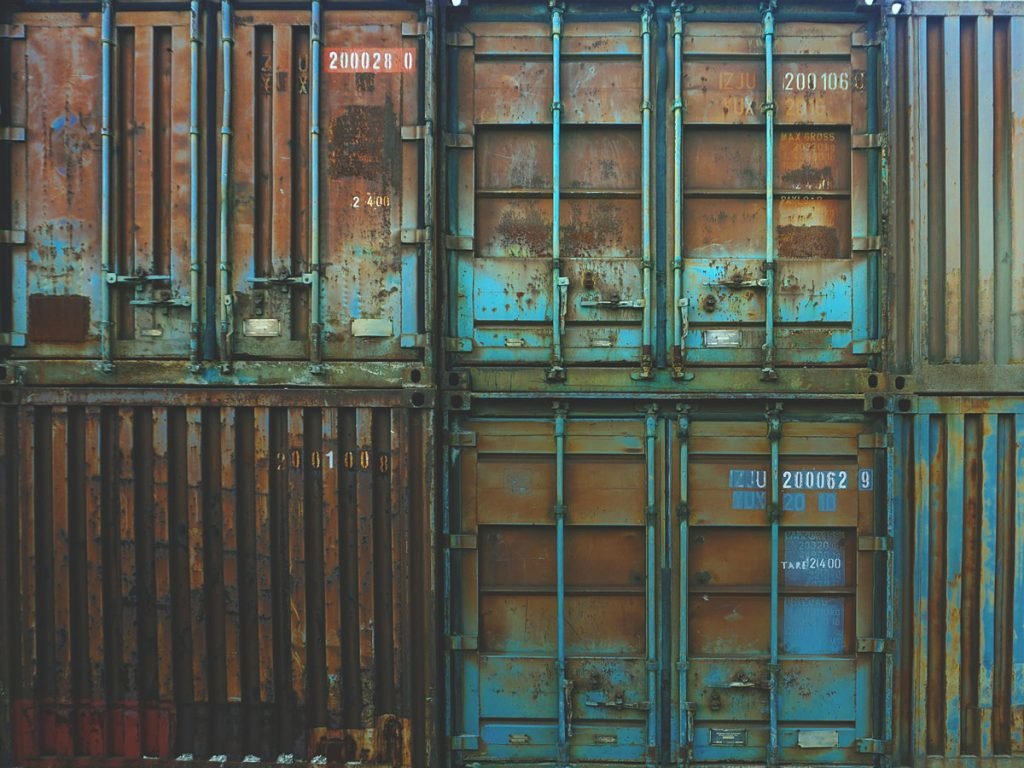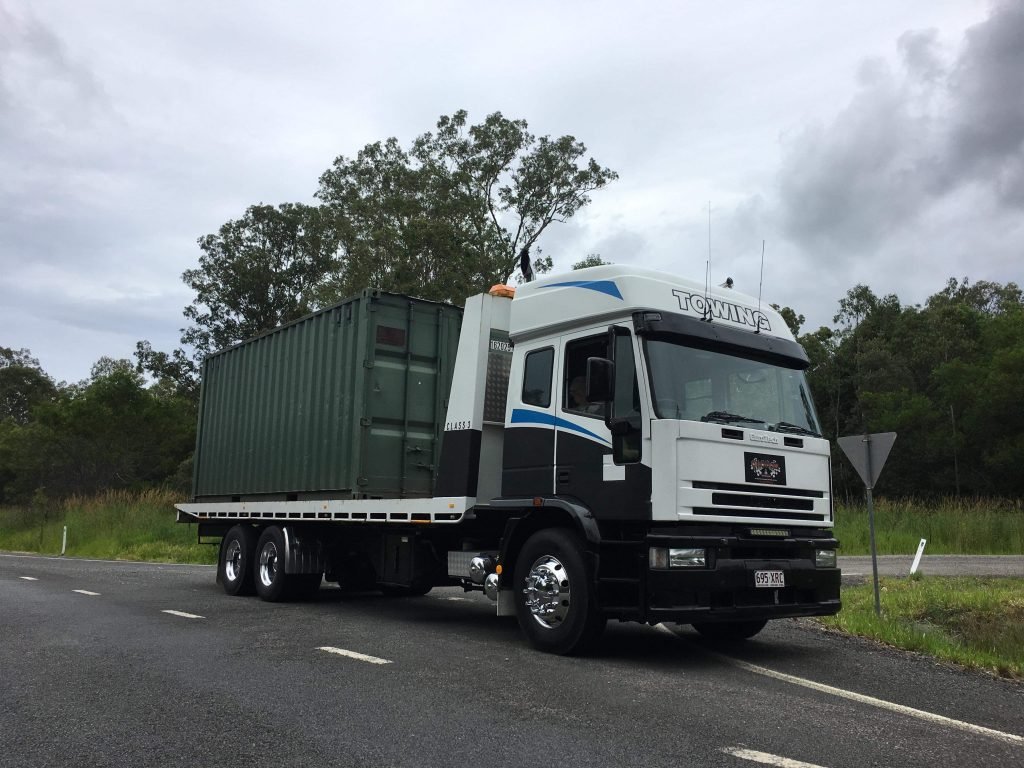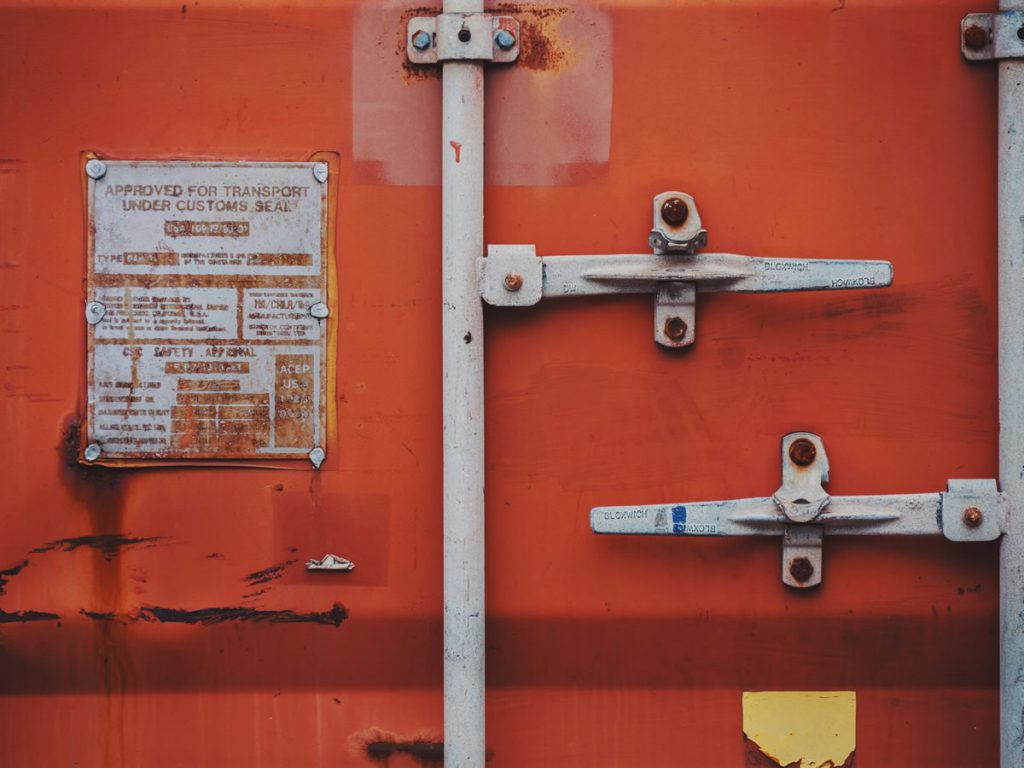

Preparing an area for a shipping container is a fundamental step to ensure the longevity of the container. Before making any site modification, contact your local council to inquire that it is legal to do so without a permit (which may be required) – a phone call is cheaper than a fine or the cost of relocating the container.
Preparing your shipping container site prior to delivery prevents a few problems that arise from poorly prepared sites, such as:
- Container Sinks – if this happens it will cause container to flex and twist.
- Damage to Hinges – symptomatic of sinks, when this occurs the doors stick or catch and do not open/close properly.
- Misaligned Lock Box – this makes it difficult to lock the container securely, presenting a security risk for your goods.
- Caught Doors – this occurs when the container flexes and the doors support the container. This creates significant strain on their ability to close properly. In this case, you may be able to get them open but not close them, presenting another security risk.
HAS MY CONTAINER TWISTED?
If the site was not prepared correctly, the above issues are likely to eventuate. However, it is possible to rectify with the right process and machinery.
Before ordering any machinery, you need to measure the inside door frame diagonal dimensions. This will indicate whether the container is square. If one measurement is shorter/longer – give or take a few millimetres – it has likely twisted.
To re-align the container, it will need to be lifted off the ground with a crane (or side loader). Doing this will allow it to square up under its own weight. If your site is not properly prepared, you may want to take this opportunity to make some adjustment’s.
PREPARING THE SITE
PLANNING
Ideally, you want to avoid the above scenario: spend time preparing your site. Consider the presented options before you set a delivery date to make the transition as smooth as possible!
You should examine where it will sit on your property and if it suits your needs best. Measure the sizing and layout of the container by placing string line or hose on the ground. Although unconventional, a hose will give you a think, easily visible line that gives a realistic illustration of how the container will sit and how much space it will use.
Another important objective is to identify the door direction and the opening arc – remember to take care of your overhead obstructions. To ensure your access is practical and works for you, allow plenty of room beyond the arc of the door.
REQUIRED MATERIAL
Road base is a stable solid-cohesive product used during the construction of roads and freeways. This will pack down to provide a solid base for your container. You will be able to source this from a quarry or a wholesaler to save money. Most of your projects using sand, soil, gravel, rock, or mulch can be sourced the same way: cutting out the middle-man.
GETTING THE JOB DONE
Most important to preventing the above issues is preparing a flat, level area large enough to match the dimensions of your container. It’s recommended that you hire a contractor that is able to transport their machine via a tip truck to save you hiring another contract to deliver the road base. This will allow a single entity to deliver their machine, retrieve the road base, and return to spread the material.
The road base should be delivered, optimally, with a moisture content of 7% to allow it to compact properly. Though this isn’t always the case, if not you will need to wet it down thoroughly and instruct your machine operator to track roll (i.e. moving the machine back and forth) to achieve compaction.
Alternatively, if you’re doing the job yourself you can use a car or 4WD for the track rolling. Compaction is essential, if not track rolled you will not be allowing the aggregate (i.e. rocks) to interlock with the finer material to achieve maximum compaction/stability.
The contractor will need to spread the road base out at 60 to 100 millimetres thick depending on soil density. The less dense, the more material required. You may also wish to add another 500 millimetres of around your container.
This will double as a path to avoid mud and as a deterrent to erosion. Since the door-end of the container will receive the most traffic, an additional 2 metres around the door is recommended. This will make loading and unloading much easier – even in unfavourable, wet, conditions.
Make sure your contractor is capable of using a laser level, which will allow them to flatten the surface accurately. They will also need to be instructed that a slight gradient is used so that there is sufficient run-off for water.
SHIPPING CONTAINER ELEVATION
Elevating to create air flow will prolong the life of your shipping container and its contents – after all, it’s your investment. It will prevent the formation of condensation which leads to mould, rot, and (potentially) flooding.
It’s highly recommended you elevate your shipping container even if storage is only temporary. Short plans sometimes become long-term and it’s much cheaper to get ahead of these issues.
A few options include A-grade railway sleepers (wooden or concrete) or concrete piers. Ideally, a concrete slab is the best option if your budget is permitting.
Now that the sites is ready for your shipping container, make sure to check out our tips on shipping container delivery to ensure a flawless delivery.


